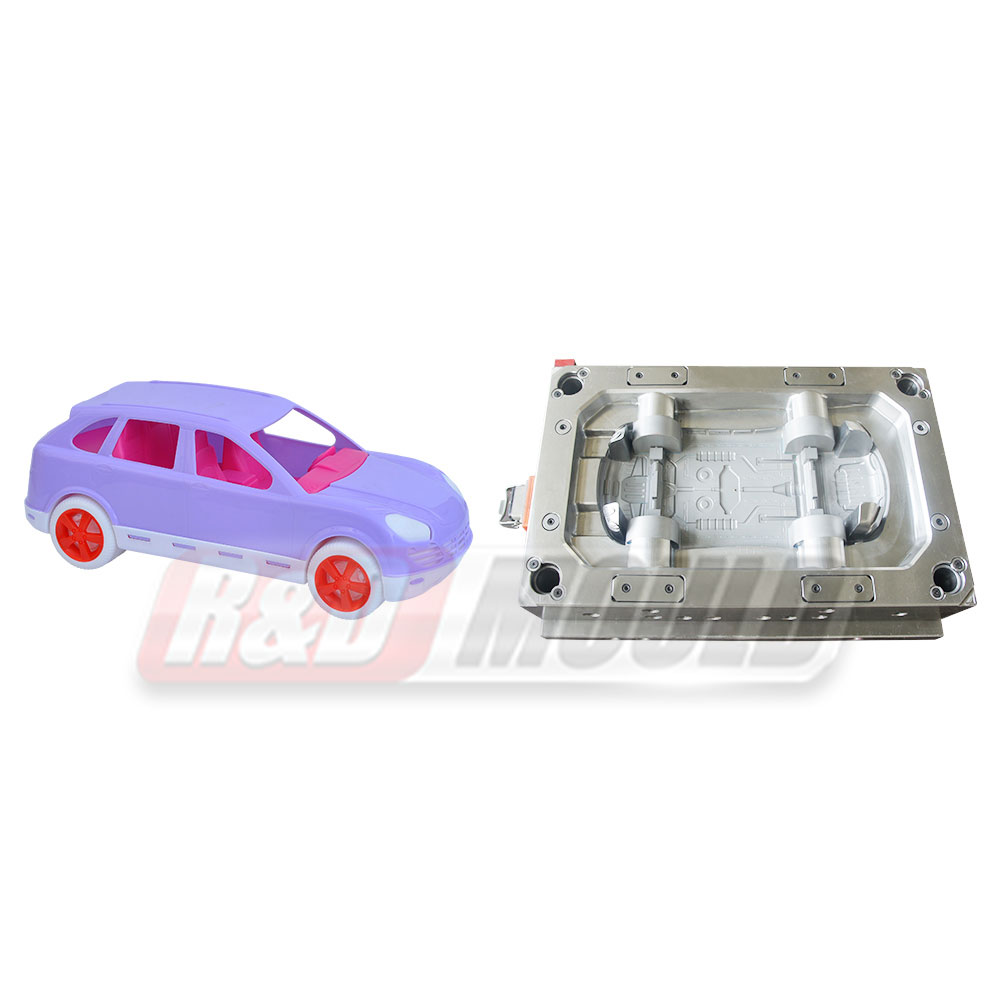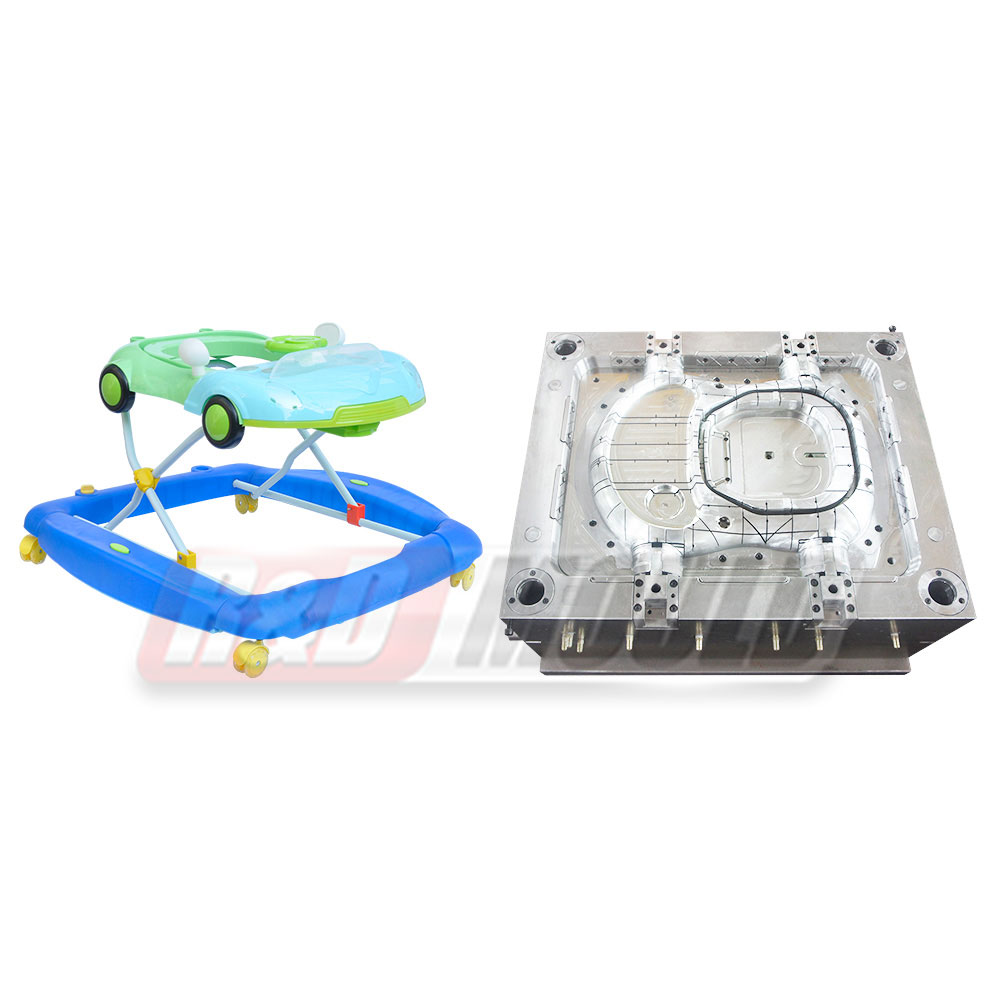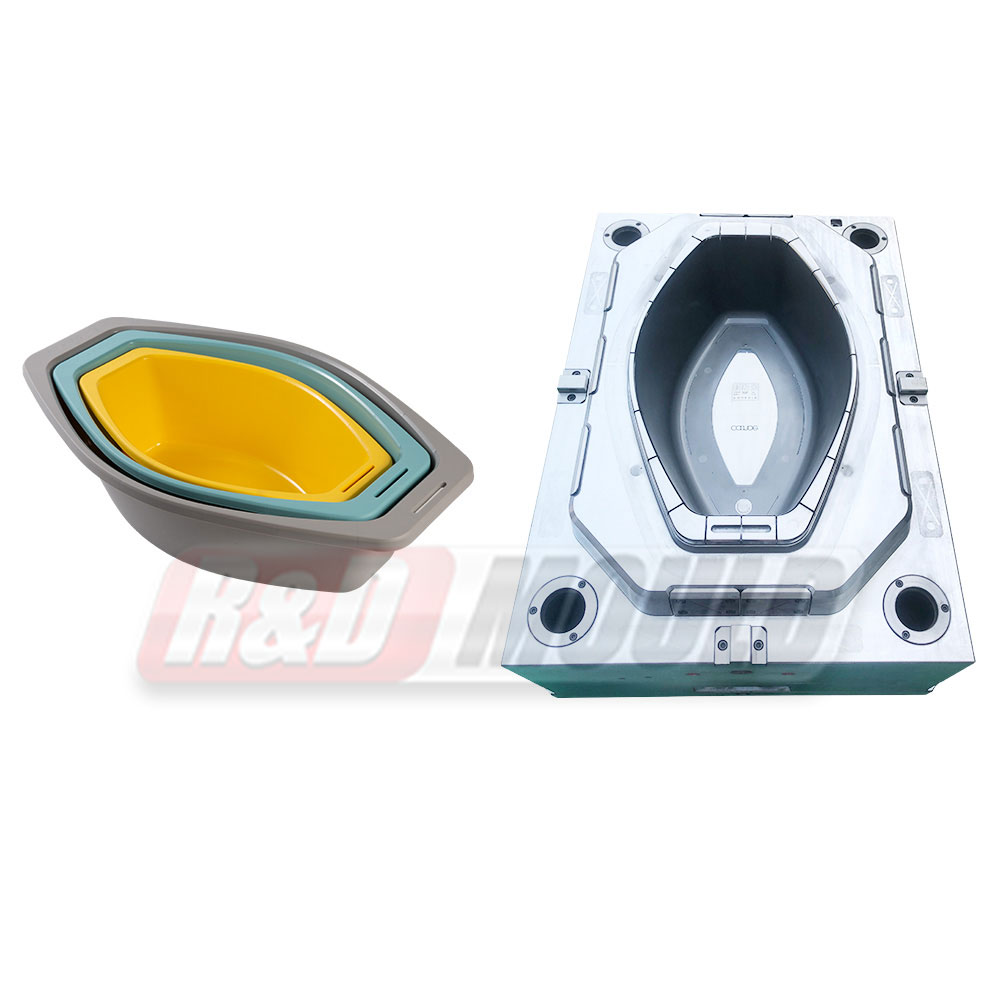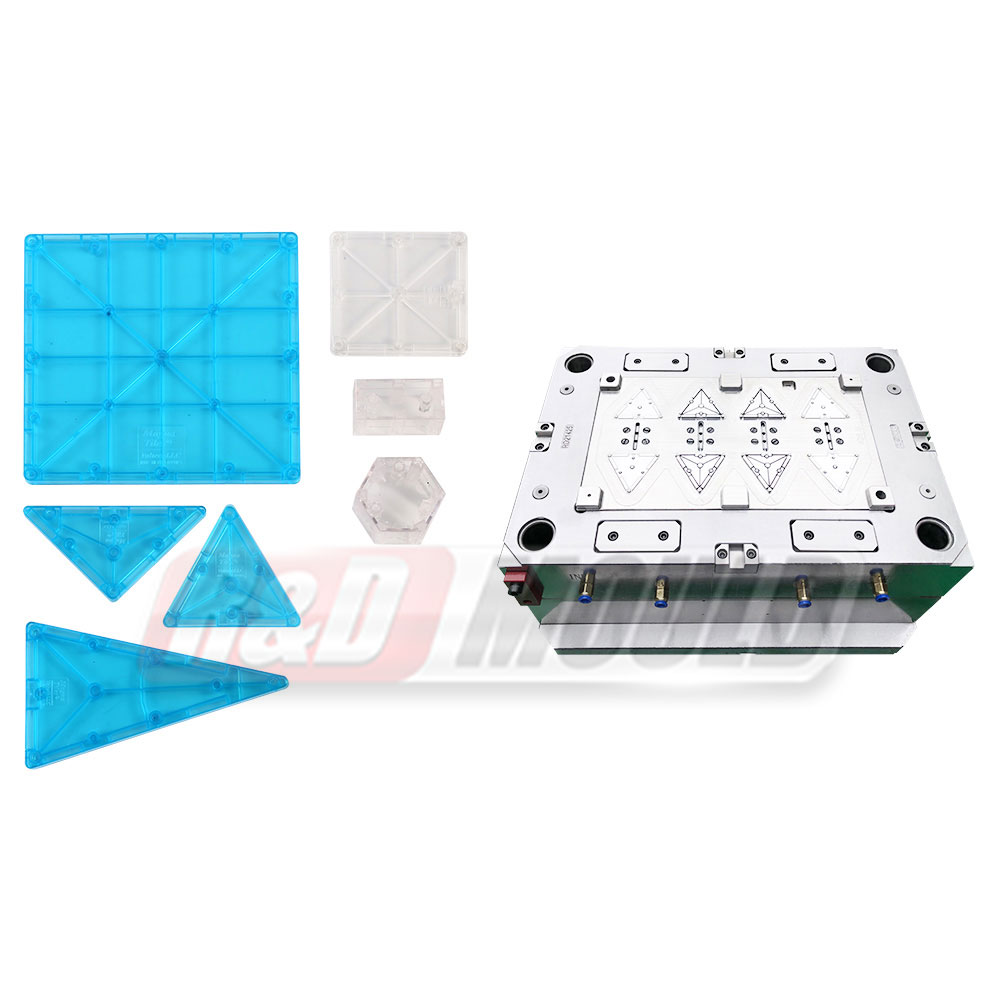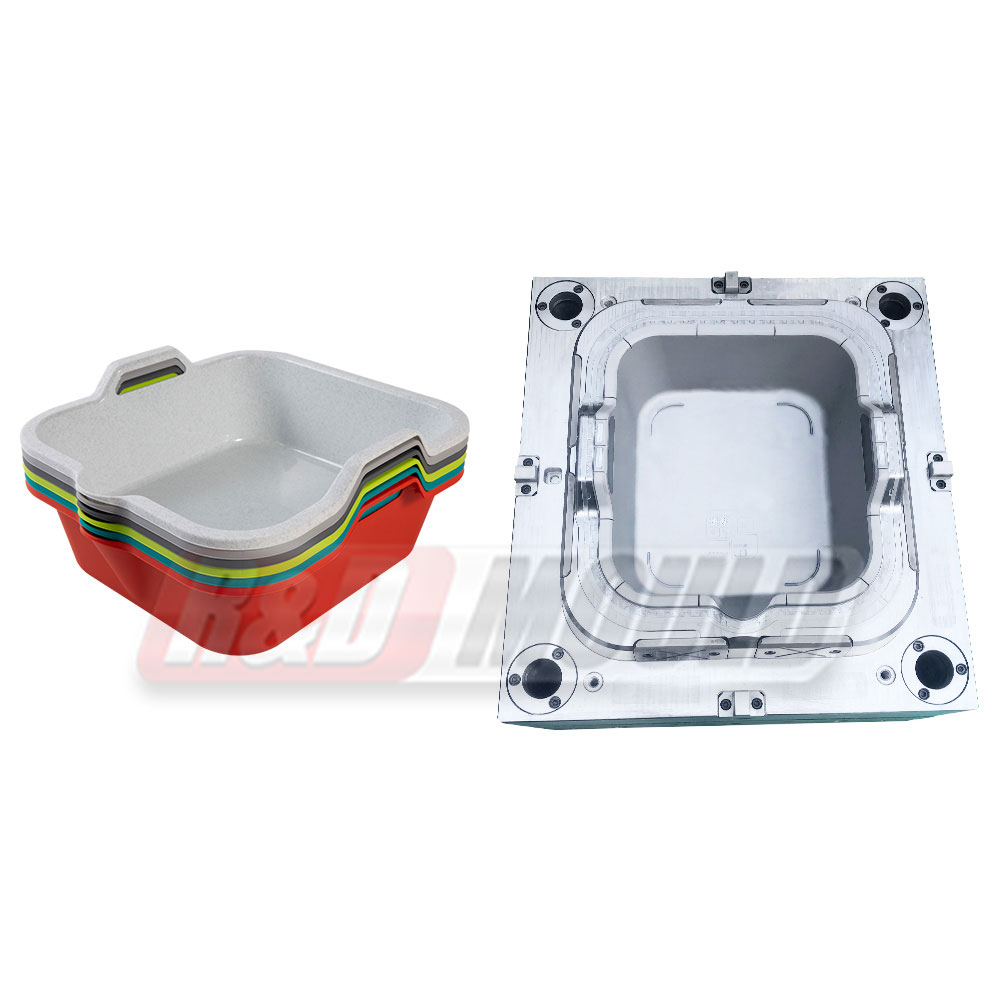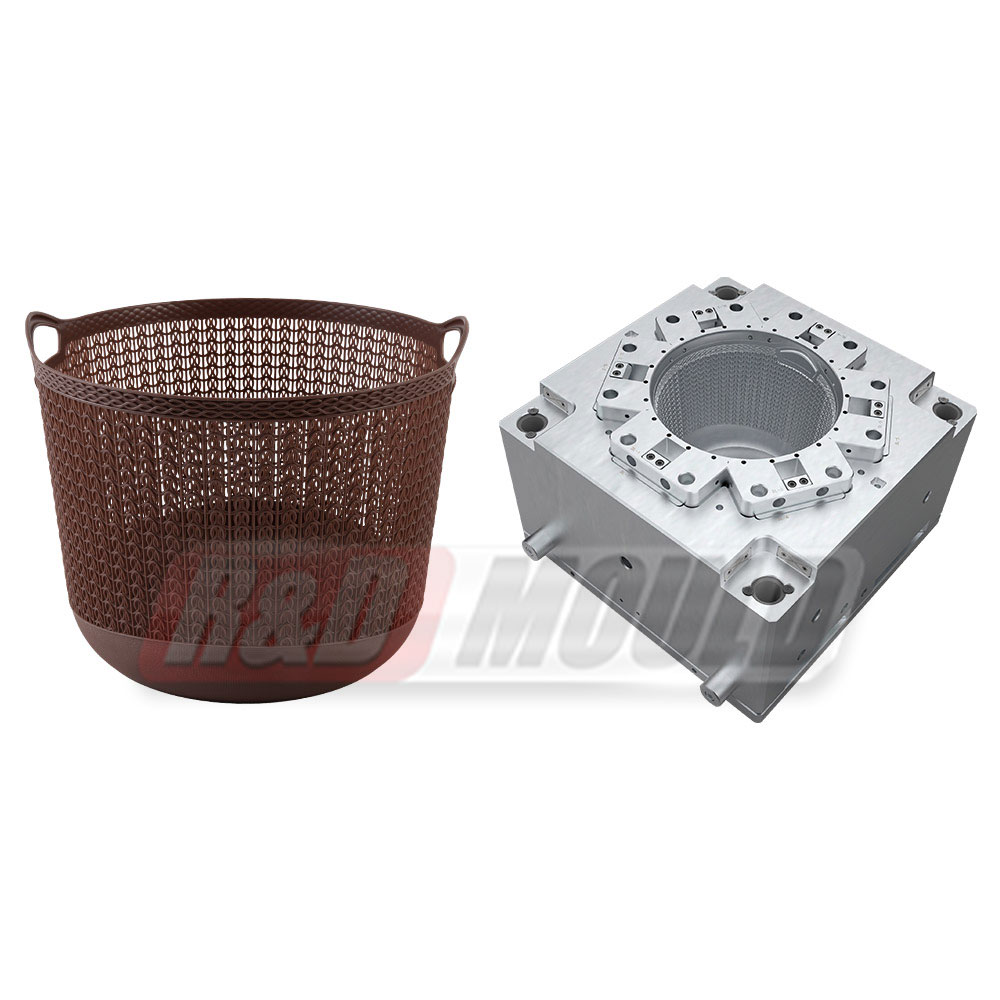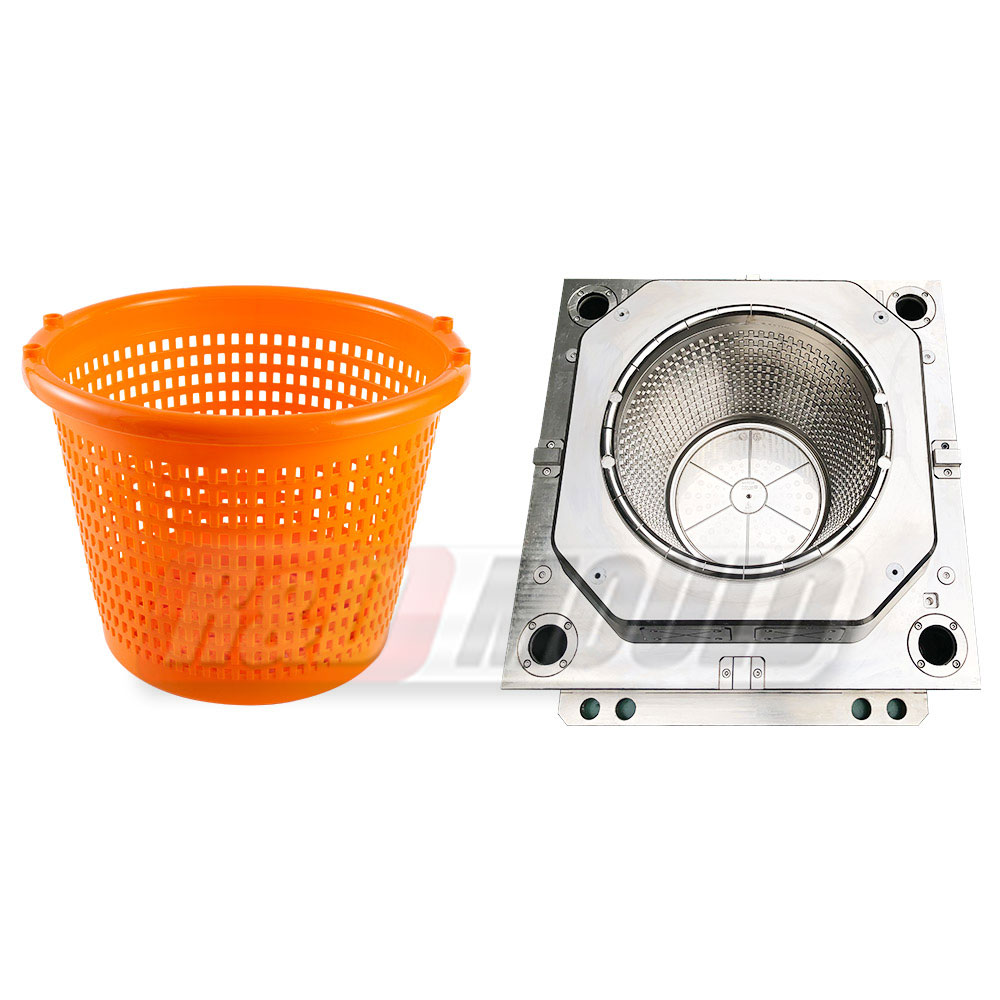In the carbonated beverage industry, packaging plays a crucial role in preserving product quality and ensuring consumer satisfaction. One of the most important components of this packaging system is the bottle cap. Behind every secure and functional cap lies a precisely engineered Cap Mould. The role of the Cap Mould in producing reliable bottle closures for carbonated drinks is both technical and practical, especially given the internal pressure these beverages must withstand.
A typical Cap Mould used for carbonated beverage caps is designed to meet high standards of durability, seal integrity, and efficiency. Since carbonated drinks contain dissolved gases under pressure, the bottle cap must form an airtight seal to prevent leakage or loss of carbonation. This is where the precision of a well-crafted Cap Mould becomes critical.
Manufacturers often prefer multi-cavity Cap Mould systems—such as 32-cavity or even 64-cavity moulds—to meet high production demands. These multi-cavity systems allow multiple caps to be produced in one cycle, reducing unit costs and increasing efficiency. For example, a beverage bottling plant in Thailand implemented a 48-cavity hot runner Cap Mould to produce mineral water and carbonated beverage caps. As a result, their production capacity increased by 40%, with a noticeable improvement in cap uniformity and sealing reliability.
The material used for carbonated beverage caps is typically HDPE or PP, and the Cap Mould must be able to handle these resins consistently without warping, flashing, or parting line defects. A good Cap Mould integrates a balanced runner system, optimised cooling channels, and precision-machined cavity surfaces. These features help reduce cycle time and maintain consistency across thousands of molding cycles.
A real-world case involved a European bottler who switched from a conventional 16-cavity Cap Mould to a high-performance 72-cavity model developed by a leading mould manufacturer. This upgrade allowed the company to reduce energy consumption and significantly improve cycle time while still maintaining cap strength and seal tightness. Their return on investment was realised within 12 months, primarily due to the robust performance of the upgraded Cap Mould.

Another important factor in carbonated beverage packaging is tamper evidence. The Cap Mould must be capable of forming the tamper-evident band accurately and consistently. If the band does not separate properly when the cap is twisted, it may compromise consumer confidence. High-quality Cap Mould systems are designed with precise parting lines and ejection mechanisms that maintain the tamper-evident feature throughout the production lifecycle.
Maintenance and mould life are also key concerns. A durable Cap Mould made from high-grade steel, such as S136 or H13, can run for over a million cycles with proper care. Many beverage manufacturers now use modular Cap Mould designs that simplify component replacement and cleaning, helping reduce downtime.
Customisation is another trend in the industry. Brand owners often request embossed logos, custom colours, or specific thread designs. A versatile Cap Mould supports these requirements through interchangeable inserts and flexible cavity structures.
In summary, the use of a high-quality Cap Mould in the carbonated beverage industry enables manufacturers to meet strict quality standards while improving operational efficiency. From sealing performance and tamper-evidence to high-output capacity and ease of maintenance, the Cap Mould remains a central component in delivering safe and consistent packaging for carbonated beverages. As the industry continues to evolve, so too will the technology and innovation behind every Cap Mould.





 English
English عربى
عربى Español
Español Français
Français